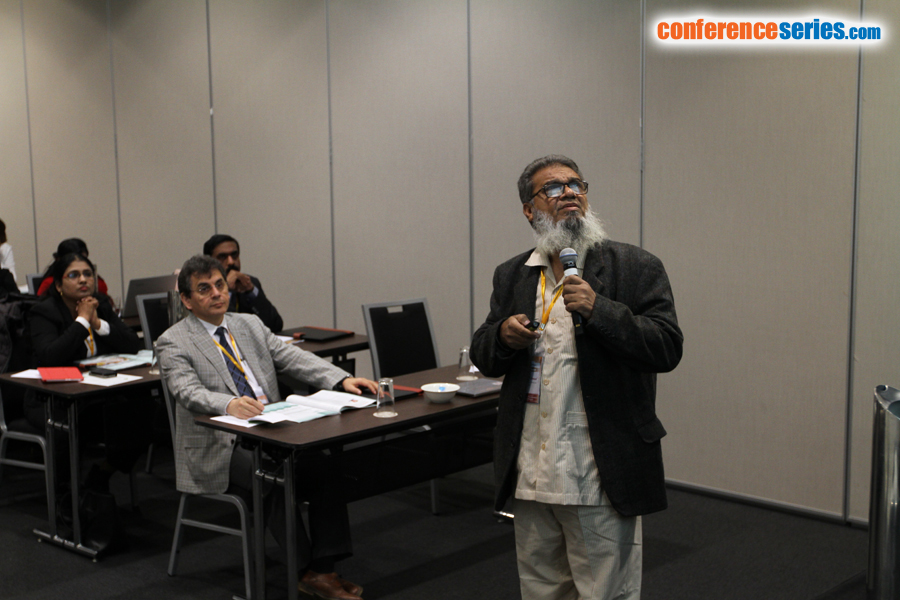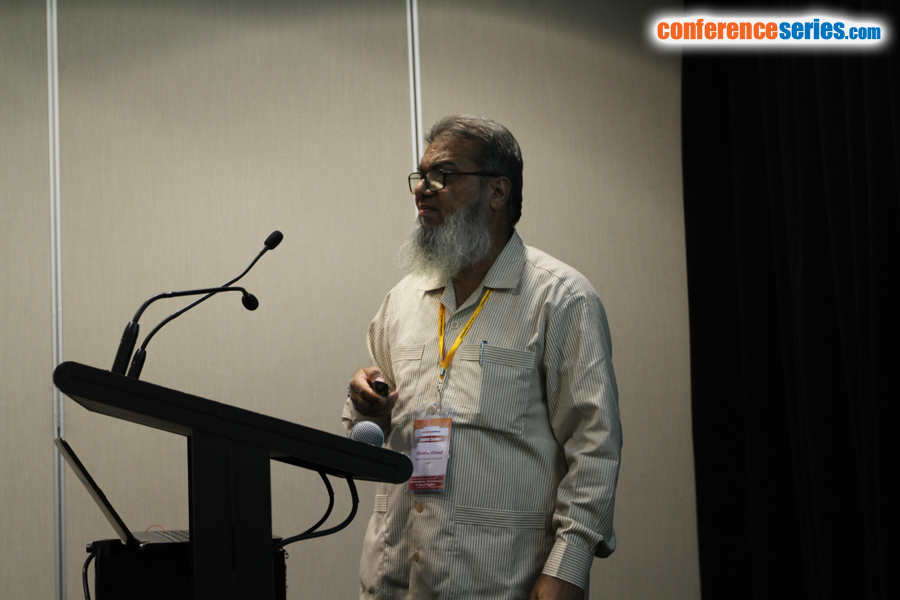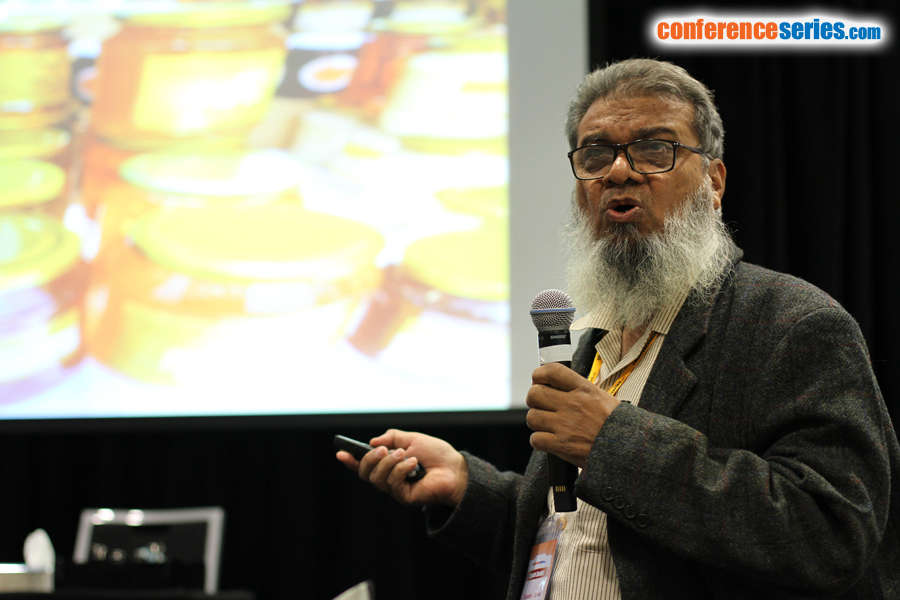
Biography
Biography: Shamim Ahmad
Abstract
In view of the world wide prevalence and alarming increase in the antibiotic resistance among multi-resistant clinical bacteria and superbugs, a search for an effective alternate antibacterial natural agent like honey is urgently required. Honey in the past has occupied a prominent place in traditional medicines throughout world history. The Noble Holy Quran and many Prophetic narrations have also referred honey as a great healer of diseases. Honey was used to treat the infected wounds 2000 years before the bacteria were discovered. Ayurvedic and Unani Medicine have been using honey as a vital medicine for centuries. Presently, Branded Manuka Honey and many commercial products being possessing antimicrobial, anti-inflammatory and antioxidant medicinal properties have now flooded world market and shown to be highly effective for the treatment of many wound infections, burns, sore throat, psoriasis, gastrointestinal disorders, arthritis, eczema, dental carries, stomach aches, flu like symptoms and corneal ulcers. Recently, a large number of workers have explored honey’s miracles in ophthalmology, dentistry, surgery, plastic surgery, pediatrics, dermatology, gynecology and gastroenterology. A long term in vitro and in vivo researches on antibacterial and curative effects of honey even on Methicillin Resistant Staphylococcus aureus (MRSA) from eye patients in UK along with treatment trials in dry eye syndromes in human beings provides potential prospects and scope of honey as an alternate antibacterial option in various fields of medicine in future to fight with the most difficult resistant bacterial pathogens.





